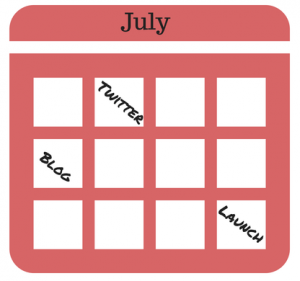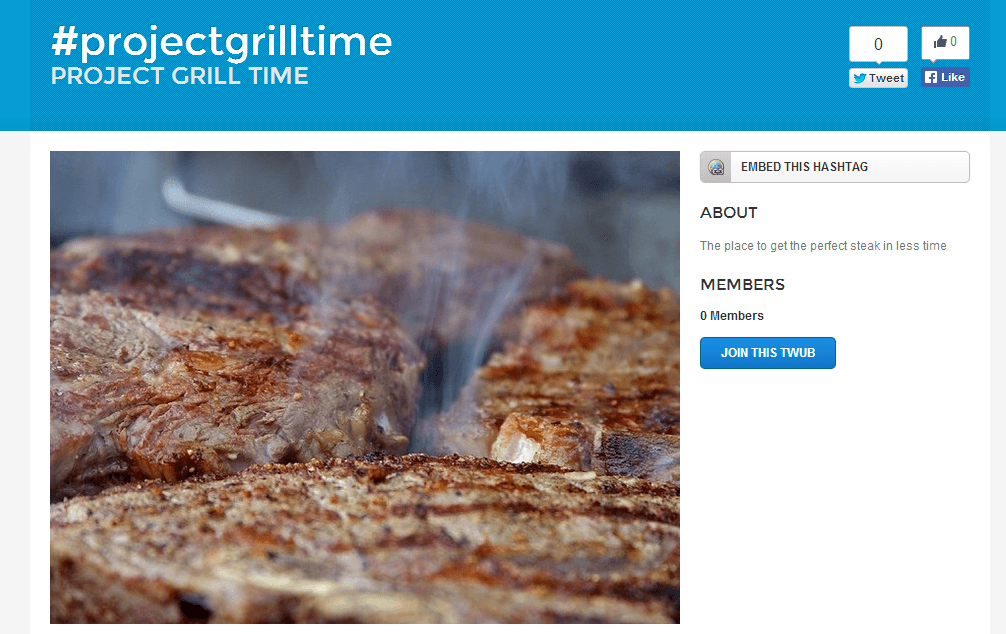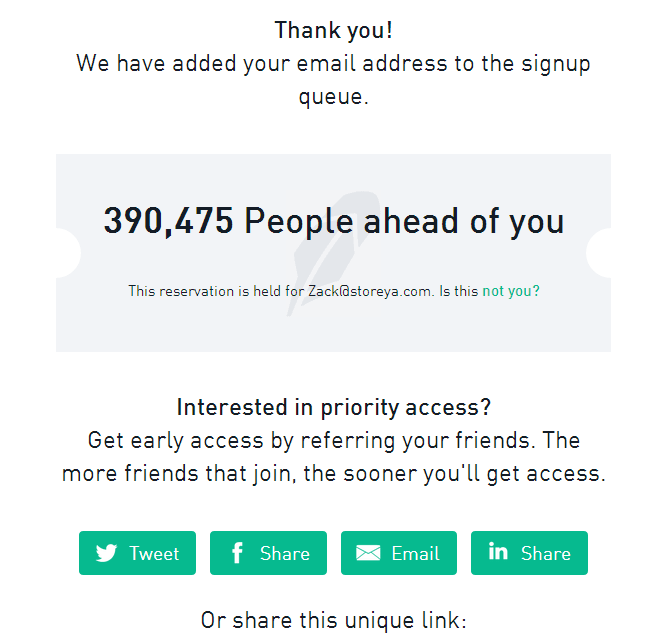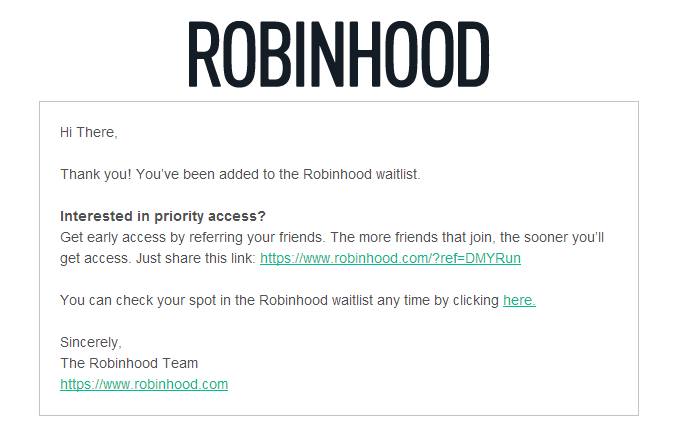If you have ever introduced a new product into your eC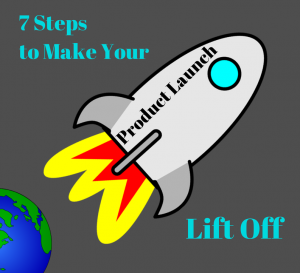
Well, why don’t you help that product out? Give it a little nudge in the right direction.
How should you do this?
Easy, rather than adding a product, launch it.
This is an important distinction to understand. Adding a product is to simply slip it in with all of the existing products and hope it will get noticed. Launching a product on the other hand, is to create a campaign that will generate buzz surrounding the addition of the new product.
A product which is launched will have much more fanfare, meaning it will basically automatically sell more than a product that was not hyped up. So if you don’t already launch your products, or you do but you want to improve your method, read on to learn the 7 steps to a successful (and profitable) product launch!
First Things First
I know I just built up the product launch, but I’d like to start by clarifying that not all products need or warrant a product launch campaign. Some products that you add, no matter how great they are, are relatively small or insignificant in comparison to others.
For example, if you sell men’s clothing, the addition of one new shirt to your repertoire is not so exciting. On the other hand, if you are releasing a whole new line of shirts, or a new fabric, then that is something that is already more significant.
So before you start planning a product launch, decide if your new product is, first of all, worth the effort on your end (think in terms of potential profits from this product), and secondly, if it is something that your customers will actually get that excited about.
1. Plan Out Your Product Launch
When creating a product launch campaign the first thing to do is to coordinate it with the actual launch of the product. What I mean is that you have to know exactly when your product will be prepared and when you will have enough inventory to begin selling.
Based on this you can then plan out the stages of your product launch campaign accordingly in order to avoid either starting your campaign too early and dragging it out for a long time, or starting it too late and not having enough time to properly build up your marketing.
In order for this to work most efficiently, you should also do everything in your power to stick to your original production schedule (obviously this won’t always be possible). This will help you to avoid having a lag between your campaign and your product launch.
2. Think of Your Unique Selling Proposition
The next thing you need to do (if you haven’t already) is to decide what the unique selling proposition of your product is. What does that mean? It means you need to figure out:
- What the specific benefit of your product is for your customers
- How it is unique from other similar products
It’s important to note though that you should not harp on why you think the product is so great, but why your customers should think it’s great.
Let’s look at an example to illustrate this. Let’s say you’re releasing a new line of grills for your online store. Here’s what you should not say to your customers:
- Check out our latest grill. It employs new technology to make the cast iron grates ten times denser than the standard grill. (Just bear with me here and pretend a denser grate is good),
Here’s what you should say:
- Get your grilling done faster and with better grill marks with our newest line of grills.
Notice how the first example focused fully on the product, and why the product is so great, whereas the second example focuses on the customer while implying all the good things about the product. That is exactly what your unique value proposition should be – how your product, over any other product, will benefit your customer.
Your unique proposition, once you have it down, will serve as the backbone of your launch campaign. All of the hype that you build up should be in line with the theme of your proposition. This will become clearer as we move forward through the steps of the launch.
3. Build Curiosity
At the end of the day your goal is for your customers to be eagerly anticipating your product launch. Before you can have that though, you need to catch their attention and reel them in.
One of the best ways to grab someone’s attention is by piquing their curiosity. So the question is, how should you get your customers curious?
To answer that question, let’s look at an example. Think about movie teasers. They always show the best parts of the movie while somehow managing to tell you absolutely nothing about the movie itself. After seeing the teaser you have absolutely no idea what the plot of the movie is, but you’re curious, and that curiosity makes you want to see the movie.
You can do something similar with your products. It may not be as dramatic as a movie teaser, but a product launch teaser can be very effective.
Let’s go through the steps to creating a successful teaser campaign using social media:
Step 1: Figure out on which social media channel or channels your fans are the most responsive. You need to start this campaign with an engaged audience. That is not to say that this will not be a cross-platform campaign, but for the initial effort it makes sense to focus on these first.
Step 2: Think of theme related to your unique proposition, and figure out how you can take that theme and create a social media campaign around it.
Returning to the example of the grill, the unique proposition is faster and better grilling, so you can start a campaign about saving time when grilling, or about the satisfaction of the perfect grilled steak.
Step 3: Start posting on social media. In order to organize these posts, and set them aside from the regular post so that your fans will know something is going on, you should give the product launch a catchy name. For example, “Project Grill Time.”
A good way to take that name to the next level is to start a hashtag campaign around it. Twubs.com offers the option to register a hashtag, and provides you with a hashtag landing page.
Remember, at this stage you won’t yet be outright advertising for your product. You’re just building the mood. Some examples of posts for this stage would be:
“Summer’s coming, will you have the perfect steak? #ProjectGrillTime”
or
“Grill lines define the meat #ProjectGrillTime” with this picture:
By posting consistently, using creative and compelling language coupled with powerful and eye catching imagery you can create a lot of buzz around your “project.”
Note: As the campaign grows you should definitely expand to your other social networks as well. It is only as a starting point that you should focus on your one or two best ones.
Step 3a: At the same time that you’re generating attention on social media, you should also do an email campaign promoting it and add in some hints on your website as well. Including the option to share these emails on social media can promote your brand to new people as well.
4. Reveal Your Product
As curiosity rises and your hashtag campaign is catching on, it is time to reveal your product. You don’t want to wait too long and lose the momentum, but you also don’t want to reveal it too soon and lose the anticipation. So when you think the time is right, go ahead and reveal it.
You can reveal your product with a video, in an email with good quality pictures, or on social media (or do all three!), but whatever you do, try to make it dramatic. After all, you’ve been building up the anticipation, so you want the revelation to be satisfying.
Don’t just be dramatic though, you should also be sure to stress the unique proposition. This is the first time your fans are seeing what all the hype is about, so this is also your first real sales pitch. Make it count.
Check out this example of a great launch video from Dollar Shave Club.
This video does a great job of being both entertaining and delivering its unique message.
5. Kick it into High Gear
Now you should really step things up. Your customers were excited by the teaser, you created a dramatic revelation of your product, now you have to keep the excitement going. Lucky for you there are a ton of great ways you can do that.
1) Keep posting and using the hashtag. Just because the teaser is over doesn’t mean you should stop posting. If anything you should post more.
2) Host competitions. To create even more excitement around your product you can host all sorts of different competitions. A great way of tying the competition in would be to have it revolve around the hashtag you created in the teaser campaign:
- Best answer “What’s your favorite thing to grill? #ProjectGrillTime”
- Photo competition “Show us how you #ProjectGrillTime”
3) Publish content. Your blog is a great place for you to go into more details about the product itself. This is where you can toot your own horn a bit and talk about how great the new product is.
3a) Guest Posts. Connect with influencers in your community and offer them some incentive (like giving them your product for free or at a discount) in exchange for their writing a review of your new product. This will both help to lend credibility to your product and to increase the exposure.
Another thing you can do is to reach out to some of your most loyal customers, people that have bought from your store on a regular basis, and get them to write reviews of your new product. This user generated content will be another great piece of content you can add into circulation.
Tip: You can also recruit these “super customers” to be brand ambassadors by offering them priority access to new products, or giving them special discounts, (essentially making them feel special and appreciated) in exchange for spreading positive comments about the new products around on social media.
6. Offer a Pre-Order
This won’t work for all products, but those that it can work for, a pre-order is an amazing way to build up a product. By telling your customers that there is a limited supply of the product available, you can create a sense of urgency to buy the product before it even hits the shelves.
Send out emails, post on social media, and incorporate it into your website, just the way you did to build the hype, in order to inform your fans of the option to pre-order.
If your launch campaign was successful to this point, then there will certainly be customers that are not only willing, but eager to pre-order your product, because they just can’t wait to get their hands on it, and don’t want to miss out on having it.
To get the most in return from these eager fans, add a share option into the order confirmation page and confirmation email encouraging your customers to share their pre-order on social media with their friends. You can provide a prewritten tweet for them using a tool like ClicktoTweet.
You can even offer incentives like discounts or coupons to those who share their order. An excellent example of this is the stock trading app, Robinhood. Although Robinhood is not an ecommerce store, its method can be applied to ecommerce.
After signing up for Robinhood’s “early access” list this screen shows up:
What Robinhood did here is very interesting. Essentially, there is a very long list of people ahead of me, but by sharing this with my friends on social media or through email, I can move up in the list. This appeals to people’s competitive nature and incentivizes them to share this as much as possible so as to move up on the list.
In order to make sure that I don’t forget and that I can easily check where on the list I am, immediately after signing up, I received this email as well:
As long as you incentivize social sharing, your fans will continue to share your content, and this will continue to increase your brand’s reach and product exposure.
7. Make a Big Deal Out of the Launch Day
The king of all your pre-launch hype is the day that you actually launch your product. This is the day you (and hopefully all of your customers) have been waiting for.
To really get the most out of your launch day you should make it into an event. Take the theme that you have been focusing on throughout the campaign and crank it up by about a thousand. You want the day to be wild.
The beauty of this is that you don’t even necessarily need to offer anything above and beyond the availability of your newest product. Just the fact that you have been building up the launch for so long and that you are making such a big deal about the launch day itself, will be enough to get your customers will go along with it too.
So you should:
- Create a Facebook event and post all over social media about it (“Countdown to #ProjectGrillTime”)
- Send out a few email blasts pumping people up for it
- Make changes in your website that reflect the upcoming event. This can be anything from a pop-up, to banner ads, to adjusting the theme of your whole website (temporarily). Anything that attracts more attention is good.
Another way you can create a rush is by offering some sort of deal on the launch day itself. For example you could:
- Offer a coupon to anyone who shares their purchase
- Have a discount for the first 100 buyers or for the first hour that the product is available
- Include a freebee for anyone who makes a purchase on the first day the product is available
By presenting the launch day as a “big deal” and incentivizing your customers to make a purchase on that day, you should be able to rake in the sales on your product’s first day available.
Launch Away!
These 7 steps are a great way of launching a product. Each step along the way builds off the previous step, adding a new element to the momentum gained in order to increase the exposure and hype surrounding the new product launch.
At the end of the day though, the key to your product launch is hype. You can follow these steps, leave some out, or add in your own ideas, just as long as your end goal is to build up your product while promoting your unique proposition.
We’d love to hear your ideas about how to launch a product in the comments below!

Zack is a social media enthusiast who loves all things digital. He is the inbound marketing manager at StoreYa where he spends his days searching for the newest social marketing scoop. If you’d like to chat with him, feel free to connect with him on any social platform.
Recommended articles
 Facebook Ads for eCommerce: 16 Strategies, Examples & Tips
Facebook Ads for eCommerce: 16 Strategies, Examples & Tips
 How to Build a Winning eCommerce Ads Strategy
How to Build a Winning eCommerce Ads Strategy
 Google Ads for eCommerce: Everything You Need to Know
Google Ads for eCommerce: Everything You Need to Know
 10X Your Traffic with PPC Management Software
10X Your Traffic with PPC Management Software
Comments
Powered by Facebook Comments
